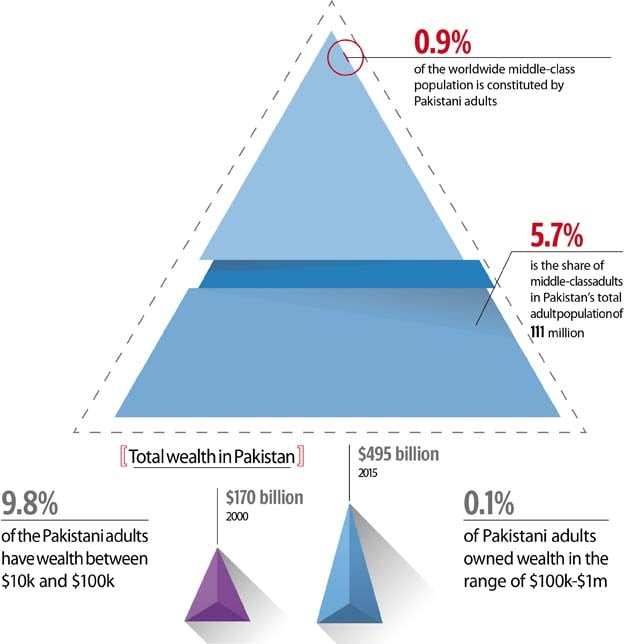thethinker
Senior Member
- Joined
- Dec 18, 2013
- Messages
- 2,808
- Likes
- 6,489
Delayed decisions hurting economy
ECONOMIC decision-making can either lead to progress or stagnation. A delay in taking a right decision can be as bad or even worse as making a wrong choice, and will often heavily cost the people and the economy.
Little wonder then that as the head of the government agency tasked to increase the country’s exports, Trade Development Authority of Pakistan (TDAP) Chairman S.M. Muneer is deeply worried about Pakistan becoming less efficient and more expensive in the international markets because of the inordinate delay in the announcement of the promised package to bring down the industry’s cost of doing business and boost exports.
“The falling exports and closing factories are giving me sleepless nights,” Muneer told Dawn. “If a factory closes down once, it becomes very difficult to revive it.”
Pakistan’s exports have fallen by over 10pc to $3.432bn during the first two months of this financial year from $3.825bn in the same period last year, as the manufacturers reel under rising energy prices; electricity shortages; influx of cheap, subsidised goods from China and India in the domestic market; heavy taxes on manufactured exports; an unrealistically strong local currency; and the non-payment of tax and other refunds to exporters.
The fall in the country’s exports is across the board and has hit the textiles, leather, sports goods and carpets businesses hard. The declining trend has been holding for the last several months, with Pakistan’s merchandise exports dropping 3.5pc during the last fiscal year.
Manufacturers and exporters blame government policies for the present situation, saying factories are closing down and workers being retrenched. “At least 30-40 member mills of our association have completely shut down because of losses. Others have cut down production,” a spokesman for the All Pakistan Textile Mills Association said.
http://www.dawn.com/news/1212412/delayed-decisions-hurting-economy
ECONOMIC decision-making can either lead to progress or stagnation. A delay in taking a right decision can be as bad or even worse as making a wrong choice, and will often heavily cost the people and the economy.
Little wonder then that as the head of the government agency tasked to increase the country’s exports, Trade Development Authority of Pakistan (TDAP) Chairman S.M. Muneer is deeply worried about Pakistan becoming less efficient and more expensive in the international markets because of the inordinate delay in the announcement of the promised package to bring down the industry’s cost of doing business and boost exports.
“The falling exports and closing factories are giving me sleepless nights,” Muneer told Dawn. “If a factory closes down once, it becomes very difficult to revive it.”
Pakistan’s exports have fallen by over 10pc to $3.432bn during the first two months of this financial year from $3.825bn in the same period last year, as the manufacturers reel under rising energy prices; electricity shortages; influx of cheap, subsidised goods from China and India in the domestic market; heavy taxes on manufactured exports; an unrealistically strong local currency; and the non-payment of tax and other refunds to exporters.
The fall in the country’s exports is across the board and has hit the textiles, leather, sports goods and carpets businesses hard. The declining trend has been holding for the last several months, with Pakistan’s merchandise exports dropping 3.5pc during the last fiscal year.
Manufacturers and exporters blame government policies for the present situation, saying factories are closing down and workers being retrenched. “At least 30-40 member mills of our association have completely shut down because of losses. Others have cut down production,” a spokesman for the All Pakistan Textile Mills Association said.
http://www.dawn.com/news/1212412/delayed-decisions-hurting-economy





